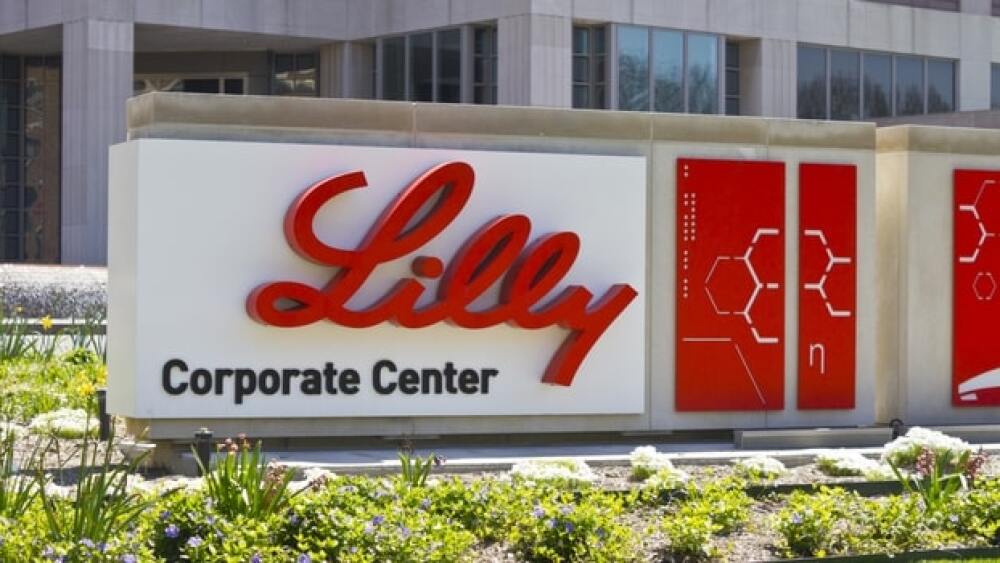This is the second IND to come out of the two companies’ collaboration. They will initiate a Phase I trial of the drug in cardiometabolic diseases.
Jonathan Weiss/Shutterstock
Dicerna, based in Lexington, Massachusetts, is having a massive week, with two major announcements. Today, the U.S. Food and Drug Administration (FDA) accepted Dicerna Pharmaceuticals and Eli Lilly and Company’s Investigational New Drug (IND) application for LY3819469. They will initiate a Phase I trial of the drug in cardiometabolic diseases.
This is the second IND to come out of the two companies’ collaboration. In November 2020, the FDA granted their IND for LY3561774 for an undisclosed cardiometabolic disease.
The global licensing and research collaboration was entered in 2018 and focused on discovering, developing, and commercializing potential drugs for cardiometabolic disease, neurodegeneration, and pain. They are leveraging Dicerna’s proprietary RNA interference (RNAi) technology platforms.
Under the deal, Dicerna is eligible for up to $350 million in development and commercialization milestones for each GalXC hepatocyte target and $355 million for each non-hepatocyte target. Dicerna is also eligible for mid-single-digit to low double-digit tiered royalties on any commercialized products.
Today’s announcement triggered a $10 million payment to Dicerna. LY3819469 targets the LPA gene. The protein encoded by this gene is a serine proteinase that inhibits the activity of tissue-type plasminogen activator I.
Although the companies have not specified the indications they are investigating, the LPA gene is implicated in various lipoprotein disorders, including familial hyperlipidemia, hyperlipoproteinemia, type III, peripheral vascular disease, and aortic atherosclerosis.
Instead of targeting proteins after they have been produced by the body, which is how most drugs work, RNAi silences the genes by destroying specific messenger RNA (mRNA) made from the gene. The protein targeted is never created.
“This milestone marks the second IND generated through our productive collaboration with Lilly,” said Bob D. Brown, chief scientific officer and executive vice president of R&D at Dicerna. “In addition to the two candidates now at clinical stage, there are so far, nine discovery research programs connected to this alliance, emphasizing Dicerna’s and Lilly’s shared commitment to bringing forward new RNAi-based therapies to treat a broad range of diseases.”
On May 24, Dicerna announced that Boehringer Ingelheim had accepted a GalXC RNAi candidate for advancement under the two companies’ agreements for chronic liver diseases. The candidate is dubbed DCR-LIV2 and will be studied for nonalcoholic steatohepatitis (NASH).
NASH is a fatty liver disease in people who drink little or no alcohol and can lead to cirrhosis. It is an area of high unmet need and is associated with the obesity and type 2 diabetes epidemic.
The Boehringer-Ingelheim deal also has milestones attached, up to $170 million in additional biobucks related to DCR-LIV2, as well as mid-single-digit royalties. The announcement on the May 24 triggered a single-digit multimillion-dollar preclinical milestone to Dicerna.
“Advancing this selected target to development demonstrates the commitment of our team and our collaborative partners at Boehringer Ingelheim to discovering new and innovative ways to treat NASH using RNAi,” said Brown.
“Dicerna’s GalXC technology is the ideal platform for this vital work. What’s more, the announcement marks an important milestone for Dicerna and highlights the productivity of our RNAi discovery research engine, as all of Dicerna’s discovery-oriented collaborations have now produced GalXC-based development candidates that are advancing toward the clinic or have already entered clinical development.”





